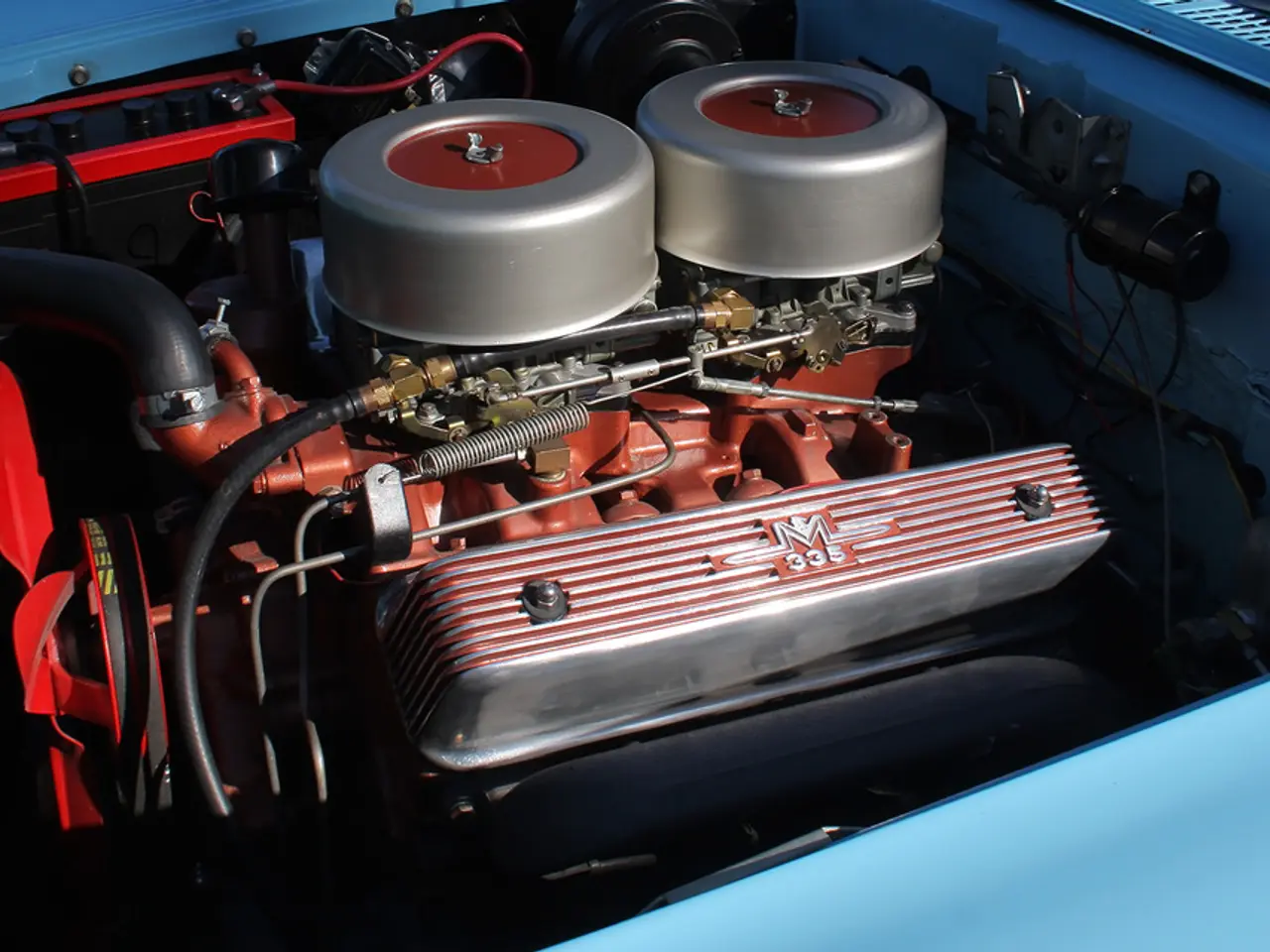Navigating from Antiquated Production Methods to Intelligent Manufacturing: The Role of Siemens in Leading Manufacturers into the Future of the Industry
Siemens, a global leader in technology, recently hosted its RealizeLive 2025 event where key executives discussed the trends shaping the industry and their impact on automation technologies. Among the topics discussed was the integration of legacy systems with digital manufacturing technologies.
The complexity of chip production, with machines having over 400,000 parts, makes it impossible to do without human expertise. However, Siemens recognizes the challenges of integrating legacy systems with modern digital technologies, particularly in brownfield production facilities.
Zvi Feuer, the senior vice president of digital manufacturing software and CEO of Siemens Digital Industries Software in Israel, highlighted the need for sophisticated systems, investments, and good people to successfully integrate legacy systems with digital manufacturing technologies. He also mentioned the growing trend of globalization in semiconductor production, with companies looking to bring production back to America. The CHIPS Act is intended to support this transition, presenting opportunities and challenges.
Rahul Garg, the vice president for industrial machinery and the SMB program at Siemens Digital Industries Software, emphasized the importance of starting with targeted pain points rather than attempting wholesale transformations when scaling digital manufacturing technologies from small companies to large enterprises.
Siemens identifies three core challenges in integrating legacy (brownfield) systems: overcoming entrenched legacy methodologies resistant to change, handling dispersed and complex data, and creating accurate digital twins of existing factories. To address these challenges, Siemens deploys AI agents to scan factory layouts, identify machinery silhouettes, and extract equipment data to build realistic digital twin models.
The company also promotes integration through unified automation architectures and standardized communication protocols in manufacturing operations. Siemens' Fleet Integration solution, for instance, harmonizes automated guided vehicles (AGVs), robotic cells, and Manufacturing Execution Systems (MES) to improve coordination and efficiency, yielding productivity gains up to 20%.
Siemens' Manufacturing Operations Management (MOM) software provides a unified, predictive, and paperless digital thread that connects design, planning, and execution. This closed-loop integration improves agility, reduces manual interventions, supports compliance, and fosters innovation by connecting traditional siloed systems into a cohesive digital ecosystem.
In summary, Siemens combines AI-driven digital twin creation, standardized communication protocols, and integrated software platforms like MOM to bridge legacy manufacturing systems with state-of-the-art digital technologies. This approach enables manufacturers to modernize while minimizing disruption and leveraging existing investments.
References:
- Siemens Digital Industries Software Blog
- Siemens Realize Live 2021
- Siemens Fleet Integration
- Siemens Manufacturing Operations Management (MOM)
- Siemens Realize 2022: Bridging the Gap Between Legacy and Modern Manufacturing
The ongoing integration of legacy manufacturing systems with modern digital technologies, as emphasized by Siemens' executives, requires sophisticated systems, investments, and skilled personnel. The financial sector plays a crucial role in facilitating such investments, as demonstrated by the CHIPS Act's intention to support the globalization of semiconductor production.
In the manufacturing industry, Siemens' approach to bridging legacy systems with state-of-the-art digital technologies involves AI-driven digital twin creation, standardized communication protocols, and integrated software platforms like MOM. This strategy not only enables manufacturers to modernize with minimal disruption but also leverages existing investments in technology.




